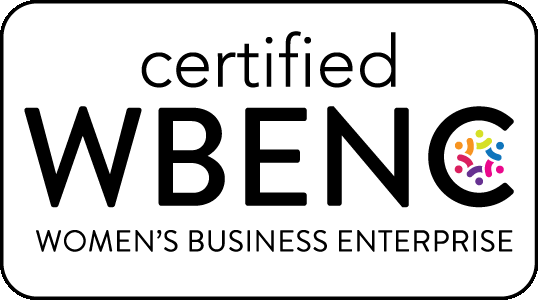By Thomas Taglieri
Business Strategist & Senior Communication Consultant
April 2020
In response to the extreme financial burden many Americans are experiencing during the current pandemic crisis, the US Congress recently passed the CARES Act – with a goal of stimulating the economy and providing an emergency safety net.
One provision eases restrictions on access to money set aside in tax-deferred 401(k) accounts.
What does this mean for employees?
Financial professionals generally advise against early withdrawals from retirement plans to ensure maximized earnings and avoid the 10% penalty prior to age 59½. However, provisions in the CARES Act waive the 10% penalty for early withdrawal of up to $100,000 (with proof of a COVID-19–related hardship).
The withdrawal is taxed over a three-year period instead of one calendar year, decreasing the immediate tax burden. And, if the participant repays the entire distribution back into their retirement plan within three years, they avoid all income taxes, according to the act.
While an early distribution may mean missing out on investment earnings, this safety net may help bridge financial responsibilities for furloughed employees or those working reduced hours.
What does this mean for employers?
Employers need to be prepared with easy-to-understand communications to answer questions about:
• How the CARES Act changed loan and withdrawal options in your company 401(k)
• What specifically qualifies as a hardship withdrawal for COVID-19
• The potential long-term impact of a hardship withdrawal on retirement savings
• The IRS deadline for taking a penalty-free withdrawal
• How much money can be withdrawn from the 401(k) during this crisis
• How to access the funds available for hardship withdrawal
• How to pay back a COVID-19–related hardship withdrawal and avoid income taxes
Communication is critical.
Employees are looking to their employers for guidance during these uncertain economic times. They want to understand their options and know how to easily find information. At the same time, we are all being bombarded with a tremendous amount of information. So before you hit send on that long email, take a few minutes to consider how you’re presenting the content. Complex information, in particular, can often be better communicated visually (e.g., icons, infographic, or video).
Communication Insight
Communicating during a pandemic is new for all of us, but tried-and-true communication principles give a solid foundation for communicating in this moment. If you need support with COVID-19 communications, The O’Keefe Group can help with strategy, messaging and creative services. Contact us.



